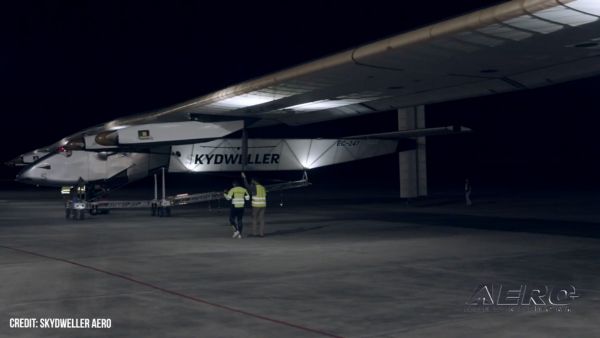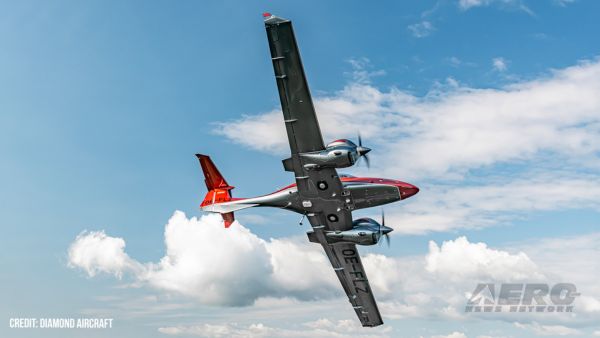USUA Also Wants To Extend Changeover Deadlines
In official comments submitted to the FAA this week, EAA
provides several solutions that would facilitate timely and orderly
transition and compliance with the year-old Sport Pilot/Light-Sport
Aircraft (SP/LSA) rule. The comments were made in response to the
United States Ultralight Association's (USUA) petition for a
two-year extension to various transition deadline dates placed on
the ultralight community.
SP/LSA stipulates specific deadlines for ultralight pilots and
instructors to certificate as sport pilots and SP instructors, and
for two-place ultralight trainers and so-called "fat" ultralights
to be certificated and registered as LSA.
Under SP/LSA, "fat" ultralights and two-place ultralight
trainers must be registered as "experimental light-sport aircraft"
(E-LSA) by January 31, 2008; ultralight pilots must certificate as
sport pilots (passing a written and a practical test) by January
31, 2007, if they want prior ultralight flight time to count toward
SP flight experience. Ultralight instructors must certificate as
sport pilot instructors (passing a written and a practical test) by
January 31, 2008, if they want to receive credit for prior
ultralight instructing time. After January 31, 2010, E-LSA trainers
can no longer be used for compensation or for hire.
USUA has petitioned the FAA to extend the deadlines for
transitioning ultralight pilots, instructors and vehicles by an
additional two years. USUA also seeks a two-year extension of the
training exemption that allows two-seaters to be used for training
purposes. EAA maintains that not enough time has passed since the
SP/LSA effective date (September 1, 2004), and it's unclear what,
if any, additional time would be needed to facilitate the
transition of ultralight vehicles and pilots, since impressive
progress has been made in the first year under SP/LSA.
"It's really been an outstanding effort by the entire SP/LSA
team to reach the milestones that we have," said Randy Hansen, EAA
Government Relations Director. "In less than one year, the
milestones (see below) could not have been accomplished without the
combined and fully coordinated efforts of the FAA, EAA, ASC, USUA,
ASTM, the ultralight industry, and dedicated members of the
ultralight community."
Major SP/LSA milestones:
- Newly created aircraft manufacturers have received 13 Special
Light-Sport Aircraft (S-LSA) category and class certificates;
- 93 Sport Pilot Examiners (SPE) have received category and class
endorsements;
- 49 Sport Pilot Instructor Examiners (SPIE) have received
category and class endorsements;
- More than 400 individuals have taken the SP airman knowledge
test;
- 137 initial Sport Pilot Instructors have received category and
class endorsements;
- 450-plus individuals have been issued Sport Pilot Student
Certificates;
- More than 30 individuals have been approved and trained as
Light-Sport Aircraft DARs; and
- Approval has been granted to two entities to conduct LSA
Repairman - Inspection qualification courses.
Two significant obstacles remain for ultralight owners and
operators: First, once an ultralight vehicle is registered and
the
FAA issues an N-number, it cannot legally be flown until the
airworthiness certificate is issued and the pilot is
FAA-certificated. Second, a practical test to obtain an FAA
certificate cannot be administered in an aircraft unless it is
registered and certificated for airworthiness. With the lack of
Designated Airworthiness Representatives (DARs) and Sport Pilot
Examiners (SPEs), this "chicken-and-egg" situation could prevent
owners from legally flying their aircraft for extended periods of
time.
EAA strongly encouraged the FAA to allow two-place ultralight
owners to register their aircraft, obtain an N-number, and continue
to operate, fly, and inspect their aircraft under the rules of FAR
Part 103 or the two-place ultralight training exemptions until they
can obtain an airworthiness certificate. Also, EAA urges FAA to
allow pilots to take their practical tests in those aircraft that
are registered with an N-number but not yet certificated with an
airworthiness certificate.
Other issues noted by EAA, but not mentioned in the USUA
petition: FAA should continue to develop reasonable standards for
LSA repairmen-maintenance qualification course work; allow SP
instructors, pilot examiners (SPE), flight instructor/examiners
(SFIE) to retake their practical test per 14 CFR 61.49(b)(2) and
61.405(b)(2)(iii) without having to provide an aircraft that is
certificated for spins, and allowing weight-shift control (WSC)
student pilots and SP/SPI/SPE/SFIEs to receive flight training,
logbook endorsements, flight reviews and practical tests in WSC
aircraft that were certificated as airplanes or powered gliders
prior to the implementation of the SP/LSA rule.
EAA also urges FAA to acknowledge the personal construction of
aircraft (E-LSA and amateur-built) as an acceptable aeronautical
activity under the Airports Grants of Assurances, therefore
allowing airport hangars to be used for this purpose.
 Unfortunate... ANN/SportPlane Resource Guide Adds To Cautionary Advisories
Unfortunate... ANN/SportPlane Resource Guide Adds To Cautionary Advisories ANN FAQ: Turn On Post Notifications
ANN FAQ: Turn On Post Notifications ANN's Daily Aero-Term (04.29.24): Visual Approach Slope Indicator (VASI)
ANN's Daily Aero-Term (04.29.24): Visual Approach Slope Indicator (VASI) ANN's Daily Aero-Term (04.28.24): Airport Marking Aids
ANN's Daily Aero-Term (04.28.24): Airport Marking Aids ANN's Daily Aero-Linx (04.28.24)
ANN's Daily Aero-Linx (04.28.24)


